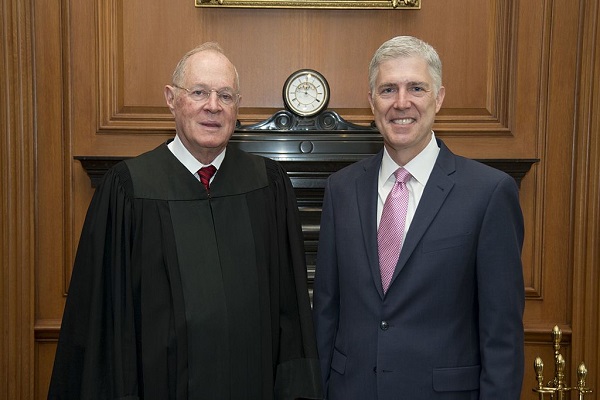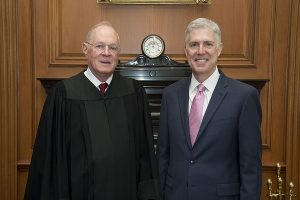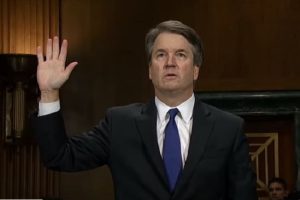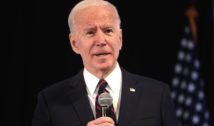
Religious Liberty Under Attack and into Focus By Charles Franklin
- By WRN Guest --
- 15 Aug 2020 --


But where religious principles intersected LGBT rights, legal battles began working their way up the judicial hierarchy. A bakery in Colorado declined to make a wedding cake for a same-sex wedding. The Christian owner of Masterpiece Cakeshop said it was against his faith and as a result, was sued. Besieged by this and two other lawsuits for upholding his religious principles, the owner finally prevailed before SCOTUS. The Supreme Court held that: “The laws and the Constitution can, and in some instances must, protect gay persons and gay couples in the exercise of their civil rights, but religious and philosophical objections to gay marriage are protected views and in some instances protected forms of expression.”
More cases followed which seemed to intensify the storm. In South Bay United Pentecostal Church v. Newsom, California’s pandemic rules restricted the attendance of churches to 25 percent of capacity, a limitation which was not applied to other organizations and businesses.
The Court upheld the restrictions, and Chief Justice Roberts said: “The notion that it is ‘indisputably clear’ that the Government’s limitations are unconstitutional seems quite improbable.” The decision shocked many people, as singling out houses of worship for special restrictions seemed to violate the Free Exercise Clause. In addition, various authorities prohibited singing in church, saying it helped spread the COVID-19 virus. So regardless of Constitutional protections for religion, the High Court approved government interference, and interference that was not placed equally on secular businesses. Particularly galling to many people of faith was that bars and cannabis dispensaries were not so burdened.
In Little Sisters of the Poor vs Pennsylvania, The Sisters, a charitable organization of Catholic nuns, objected to the Affordable Care Act’s (ACA) requirement that their employees be covered for contraceptive services. SCOTUS said that the Departments of Health and Human Services, Labor, and the Treasury had the authority under the ACA to promulgate religious and moral exemptions to the mandate. So the Sisters prevailed.
And two cases concerning private religious schools helped put some oil on troubled waters from the religious point of view. In Our Lady of Guadalupe School v. Morrissey-Berru, the High Court decided that religious schools needn’t follow secular employment discrimination rules, if the employees have some religious duties. The case arose when a teacher who disclosed she had cancer was fired, and another teacher claimed she had been fired because of age discrimination. The Court ruled that the “ministerial exception” applied, in which the state cannot interfere with a religious organization’s hiring and firing of ministerial staff.
And in a decision that reversed decades of “separation of church and state” rhetoric, SCOTUS decided in Espinoza vs Montana Dept. Of Revenue, that if government provides support or tax breaks for donations to private secular schools, they must do the same for religious schools. In Justice Roberts’ written decision, he said “A State need not subsidize private education. But once a State decides to do so, it cannot disqualify some private schools solely because they are religious.” While some decried the decision as government support of religion, others said it was finally righting a wrong that occurred in 1875 when the Blaine Amendment provided model legislation to prohibit public funding of Catholic schools.
And in a final decision, the High Court stayed the execution of Ruben Gutierrez – scheduled to die in Texas for murdering a woman in 1998 — because he was denied a Catholic priest to accompany him into the death chamber.
So while there were some surprises and the storm continues, the granite cliffs of religious liberty still hold and the storm will eventually subside.




















